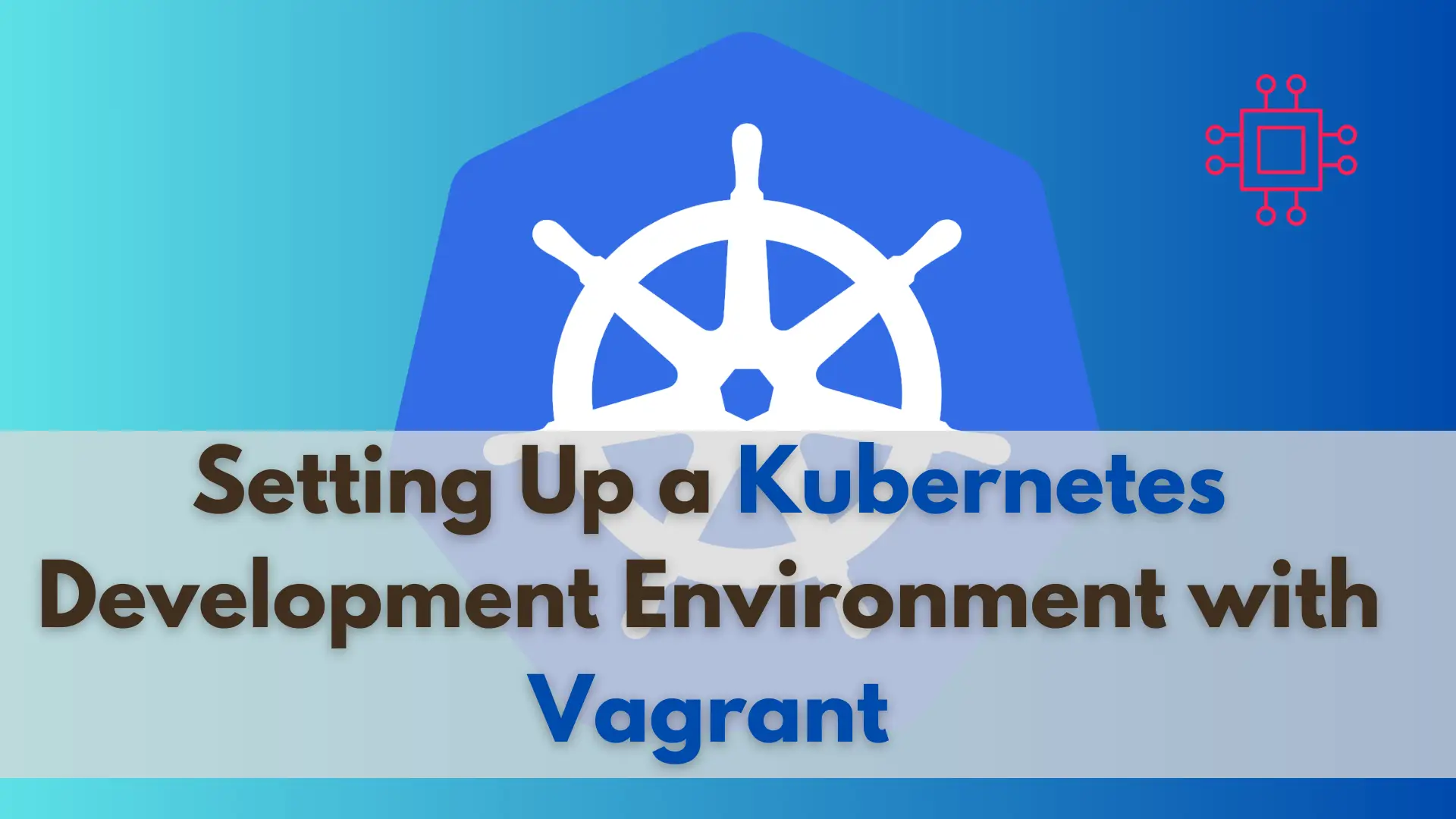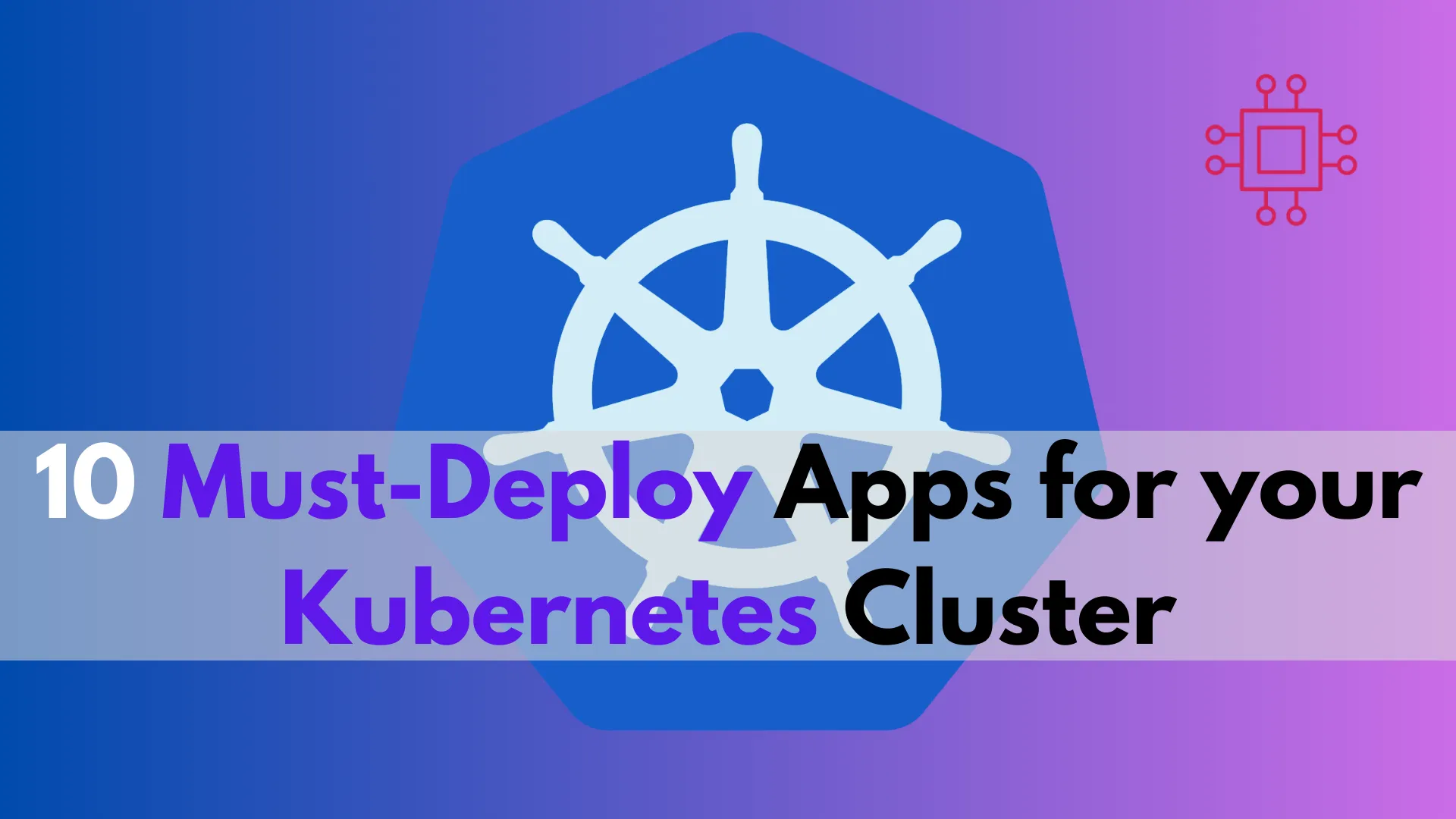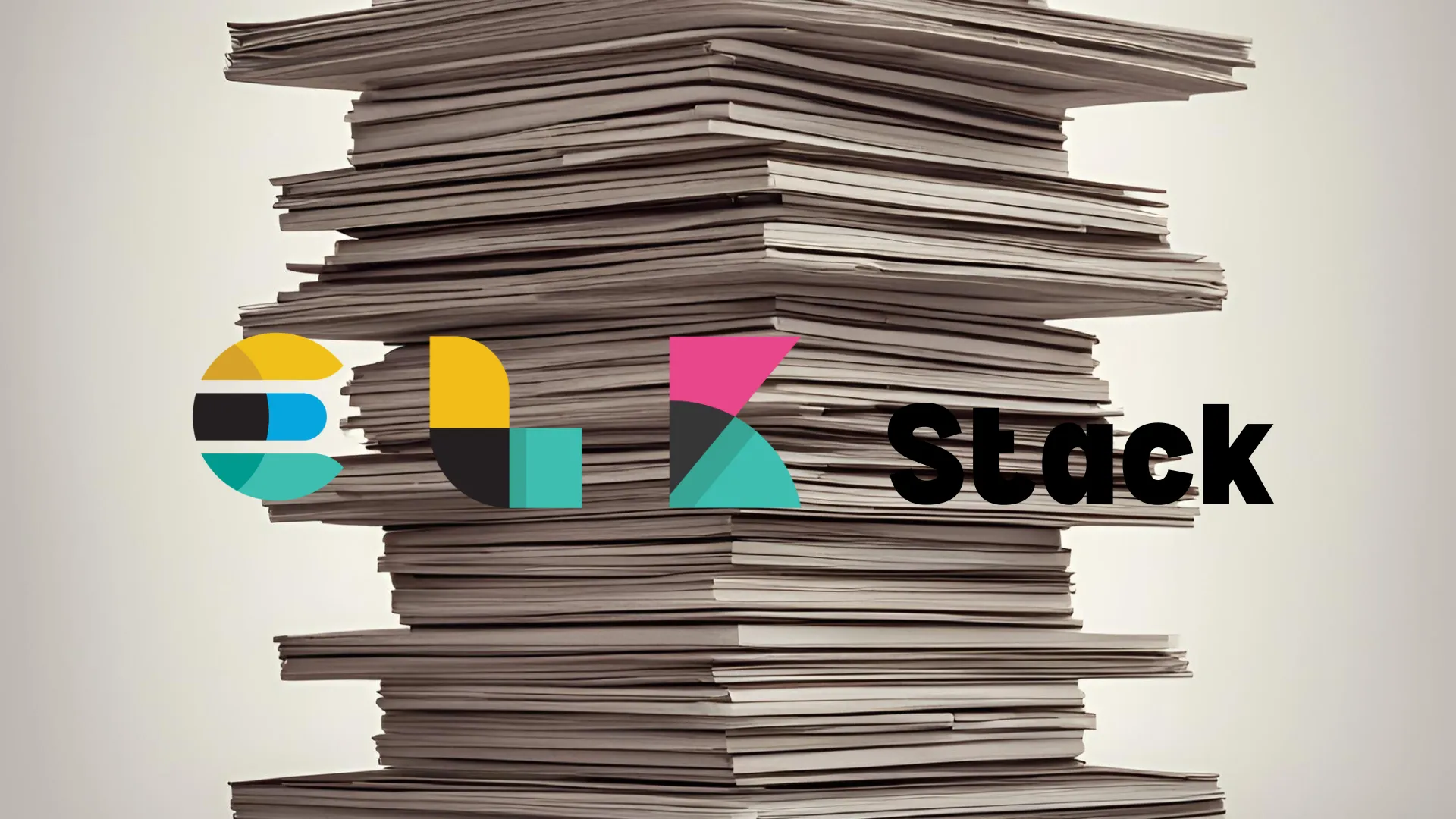
Are you looking to set up a Kubernetes development environment with Vagrant quickly and efficiently? Look no further! In this guide, we’ll walk through how

Explore the top 10 must-deploy apps for your Kubernetes cluster, from Jenkins for CI/CD automation to Kafka for real-time data processing, and even a Minecraft server. Enhance your infrastructure with scalable and high-performance tools for development, monitoring, and more.
Kubernetes has revolutionized the way we manage and deploy applications. Its flexibility and scalability make it the go-to platform for developers and operations teams alike. To help you get the most out of your Kubernetes cluster, we’ve compiled a list of ten must-deploy applications. These tools will streamline your workflows, enhance your monitoring capabilities, and even bring some fun into your infrastructure. Let’s dive in!
1. Jenkins |
Jenkins is a powerful, open-source automation server that is essential for CI/CD pipelines. It automates the process of building, testing, and deploying your applications, which accelerates development and improves consistency.
Jenkins: Key Features
|
A development team uses Jenkins to automate the testing and deployment of a web application. When new code is pushed to the repository, Jenkins triggers automated tests. If the tests pass, Jenkins then deploys the application to the staging environment.

Photo by admingeek from Infotechys
2. Prometheus and Grafana |
Monitoring and visualization are critical for maintaining the health and performance of your applications. Prometheus collects metrics, while Grafana visualizes them in customizable dashboards.
Prometheus and Grafana: Key Features
|
An operations team uses Prometheus to monitor the CPU and memory usage of their Kubernetes pods. Grafana dashboards display this data, making it easy to identify performance bottlenecks.
3. Nextcloud |
Nextcloud is a suite of client-server software for creating and using file hosting services. It provides a secure and scalable solution for file storage and sharing.
Nextcloud: Key Features
|
A law firm uses Nextcloud to store and share sensitive documents securely. Kubernetes ensures that the service is always available and can scale as needed.
4. WordPress |
WordPress is a widely-used CMS for building and managing websites and blogs. Deploying WordPress on Kubernetes ensures it can scale to handle varying traffic loads.
WordPress: Key Features
|
A media company uses WordPress to manage their online content. Kubernetes ensures that the website remains available even during traffic spikes caused by breaking news.
5. Kafka |
Apache Kafka is an open-source stream processing platform that’s ideal for real-time data pipelines. It handles large volumes of data with low latency.
Kafka: Key Features
|
A financial services company uses Kafka to process real-time transactions. Kafka’s reliability and scalability make it the perfect choice for handling sensitive financial data.
6. TensorFlow Serving |
TensorFlow Serving is a high-performance serving system for machine learning models. It is designed for production environments, making it easier to deploy and manage ML models.
TensorFlow Serving: Key Features
|
An e-commerce company uses TensorFlow Serving to deploy a recommendation engine. The engine suggests products to users based on their browsing history, improving user engagement and sales.
7. Elastic Stack (ELK Stack) |
The ELK Stack (Elasticsearch, Logstash, and Kibana) is perfect for centralized logging, searching, and visualization. It simplifies log management and helps in debugging and monitoring.
ELK Stack: Key Features
|
A team deploys the ELK Stack to aggregate and analyze logs from multiple microservices. This setup helps them quickly identify and troubleshoot issues.

Photo by admingeek from Infotechys
8. Redis |
Redis is an in-memory data structure store used as a database, cache, and message broker. Its speed and flexibility make it a popular choice for many applications.
Redis: Key Features
|
An online gaming platform uses Redis to store session data and leaderboards. Redis’s speed ensures a smooth and responsive gaming experience for users.
9. Minecraft Server |
Deploying a Minecraft server on Kubernetes can be a fun and practical application. It allows for easy management and scaling of multiplayer game servers.
Minecraft: Key Features
|
A gaming community deploys a Minecraft server on Kubernetes. The server can automatically scale to handle more players during peak times, providing a seamless gaming experience.
10. GitLab |
GitLab is a comprehensive DevOps lifecycle tool that provides Git repository management, CI/CD pipelines, issue tracking, and more. It integrates all aspects of the software development lifecycle.
GitLab: Key Features
|
A software development team uses GitLab to manage their source code and CI/CD pipelines. Kubernetes ensures that GitLab is highly available and can scale with the team’s needs.
Kubernetes’ ability to manage and scale a wide range of applications makes it an invaluable tool in the modern tech stack. From CI/CD automation with Jenkins to real-time data processing with Kafka, and even hosting a Minecraft server, Kubernetes offers unparalleled flexibility and power. Deploying these must-have applications on your Kubernetes cluster will not only enhance your infrastructure but also streamline your workflows, making your team more efficient and productive.
By leveraging the capabilities of Kubernetes, you can ensure that your applications are always available, scalable, and performant. Whether you’re running critical business applications or hosting a fun gaming server, Kubernetes has you covered.
Did you find this article useful? Your feedback is invaluable to us! Please feel free to share your thoughts in the comments section below.
Related Posts

Are you looking to set up a Kubernetes development environment with Vagrant quickly and efficiently? Look no further! In this guide, we’ll walk through how

Discover the best operating systems for Kubernetes clusters, including popular Linux distributions, container-optimized OS, and Windows Server. Learn their benefits and make an informed choice for

As the demand for skilled Kubernetes professionals continues to surge, obtaining a Kubernetes certification has become a pivotal step in advancing your career in the
